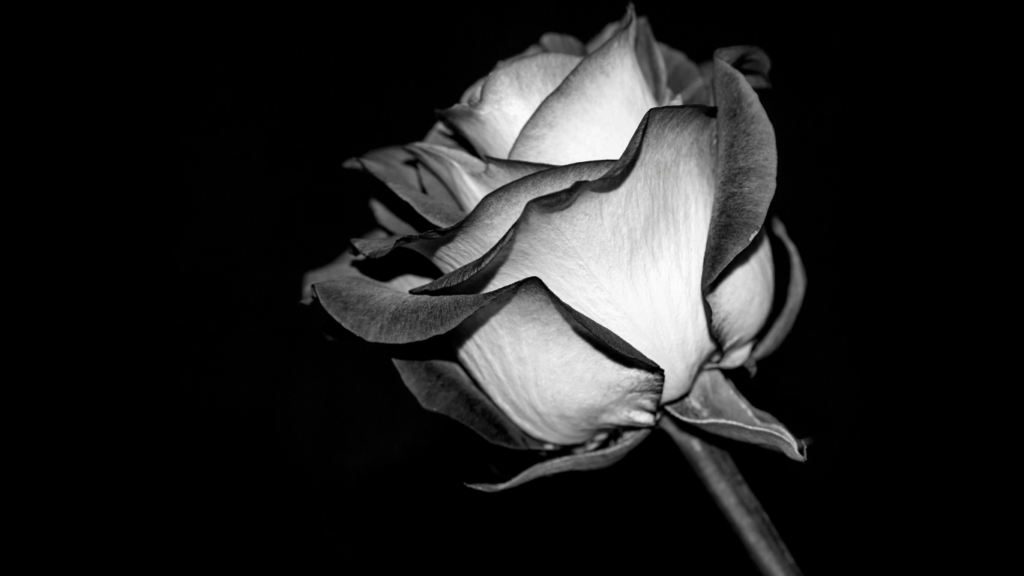Black and white photography has a timeless charm that never fails to captivate. There’s something about the absence of color that draws the eye to textures, contrasts, and emotions in a way no other medium can. Over the years, I’ve found that mastering black and white editing techniques can completely transform a portfolio, making images more striking and memorable.
Why Choose Black And White Editing Techniques
Black and white editing techniques emphasize contrasts and tonal variations, helping create impactful visuals. By eliminating color, attention shifts to elements like:
- shape
- texture
- composition
This focus enhances storytelling, giving images a timeless and evocative quality. Monochrome edits offer greater creative control. Adjusting shadows, highlights, and mid-tones precisely helps achieve dramatic effects that enhance mood and emotion. For instance, increasing contrast in architectural photos highlights structure and form, while soft gradients in portraits convey introspection or serenity.
These techniques work across genres. In landscapes, they emphasize depth and dramatic skies. For portraits, they underline raw emotion. In street photography, they amplify themes of isolation or community by focusing on light and shadow interplay.
Professional portfolios gain an edge with black and white work. Strong imagery differentiates photographers in competitive markets. It adds sophistication, showcasing technical skill and artistic vision essential for client or gallery interest.
Key Benefits Of Black And White Photography
Black and white photography offers unique advantages that elevate images beyond the constraints of color. Its ability to emphasize textures, contrasts, and emotions makes it a powerful creative tool.
Enhancing Visual Impact
Black and white photography directs attention to contrasts and tonal ranges, amplifying key elements. Removing color eliminates distractions, allowing details like shape, pattern, and texture to emerge clearly. For example, the rugged texture of a tree bark or the geometric symmetry of a skyline becomes pronounced in monochrome.
Highlighting Emotion And Mood
Stripping away color enhances emotional depth and atmosphere in an image. Black and white tones convey a sense of drama, nostalgia, or tension that often feels subdued in colored versions. In portraiture, subtle expressions like faint smiles or contemplative gazes appear more intense, connecting viewers to the subject’s emotional core.
Simplifying Composition
By reducing visual noise, monochrome images make compositions cleaner and more focused. Black and white editing narrows the viewer’s focus to critical elements like lines, light, and form. This simplicity strengthens the narrative, whether it’s found in minimalistic landscapes, striking architectural shots, or abstract subjects.
Essential Black And White Editing Tools

Transforming images into compelling black and white compositions depends on using the right tools. Selecting effective software and mastering adjustments elevates both quality and creativity.
Software Recommendations
- I rely on versatile software for black and white edits to achieve professional results.
- Adobe Lightroom offers intuitive controls specifically designed for tonal adjustments and contrast enhancement.
- Photoshop provides advanced layer-based editing for precision, making it useful for complex compositions.
- For AI-based tools, Nik Collection’s Silver Efex Pro stands out with its specialized black and white features, including custom presets for fine control.
- Capture One is another excellent option, known for its detailed color-to-grayscale conversion and non-destructive editing workflow.
These tools ensure flexibility and accuracy for diverse editing needs.
Adjustments And Filters
I apply key adjustments to refine tone, contrast, and highlights. Working with the tonal curve allows precise control over shadows and highlights. Increasing contrast enhances depth and makes textures prominent, while playing with brightness settings can shift the mood.
Filters simulate traditional black and white photography techniques. Red or orange filters deepen skies, creating dramatic landscapes, while green filters enhance skin tones in portraits. Applying a subtle vignette draws focus to the subject, adding professional polish to the final image.
Mastering Black And White Editing Techniques
Mastering black and white editing techniques enhances image quality by emphasizing contrasts, tones, and textures. I focus on specific strategies to refine details, control light, and enhance the essence of a photograph.
Contrast And Tone Adjustments
Adjusting contrast and tone creates depth and mood in black and white images. I manipulate the tonal curve in software like Adobe Lightroom to define highlights, midtones, and shadows. Increasing contrast adds drama, while softer adjustments create a subtle, moody effect. For example, I boost midtones in portraits to enhance skin texture but deepen shadow contrast in landscapes to highlight forms. These adjustments balance light and dark elements, bringing clarity and impact to photos.
Dodging And Burning Tips
Dodging and burning refine light manipulation, drawing attention to specific areas. I dodge (lighten) highlights to accentuate focal points, like eyes in portraits, and burn (darken) shadows to add dimension to shapes or objects. Using tools like the Radial or Brush tool in editing software, I precisely control light intensity without affecting surrounding elements. Doing so enhances depth and guides viewer focus throughout the composition.
Textures And Details Enhancement
Highlighting textures and fine details enriches the impact of black and white editing. I apply clarity adjustments for defined textures, such as tree bark in landscapes or fabric in still life. Subtle sharpening tools further enhance intricate details, ensuring they stand out without becoming over-processed. For noise reduction, I carefully balance grain to maintain a natural look, creating an authentic and compelling final image.




